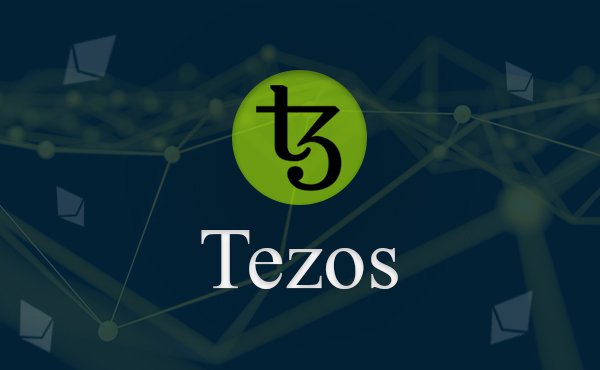
Tezos would allow anyone who owned its XTZ cryptocurrency to vote on possible changes to its rules, and once decided, the software would automatically update to ensure the changes were made.
By using this system, Tezos aimed to reduce the chances its blockchain might fork, creating two separate cryptocurrencies with two distinct prices.
The arrival of Tezos would alter blockchain taxonomy, effectively separating crypto assets into two camps, those with “off-chain governance” and those with “on-chain governance.”
To make its system work, Tezos users were allowed to vote through a process called “baking,” in which they agreed to lock XTZ they owned in special contracts. Users could either become bakers or delegate XTZ to other bakers to win newly minted XTZ from the protocol.
For this novel design, Tezos was able to raise record-setting levels of funding in 2017 before launching its live blockchain to the public in 2018.
How does Tezos work?
The Tezos blockchain enables many features common to cryptocurrencies.
Developers can use its software to run custom programming logic (smart contracts) and design new programs (decentralized applications) meant to replicate products and services.
Yet, its voting features required a different design.
More specifically, the Tezos blockchain would be broken into two parts:
- Shell – The code that amends itself based on user voting, it is also responsible for interpreting transactions and administrative operations
- Protocol – The code responsible for sending proposals to the shell for review.
The Tezos LPoS Blockchain
To keep its network in sync, Tezos uses a variation on the classic proof-of-stake (PoS) consensus called liquid proof-of-stake (LPoS).
Similar to traditional PoS mechanisms, LPoS is an algorithm used by computers running the Tezos software to secure the network, validate transactions and distribute newly minted XTZ.
In order for the participants (“nodes”) to participate in governance, they need to stake XTZ in a process Tezos calls “baking.” To become a baker, a node needs 8,000 XTZ (also called a roll).
Users can also delegate their tokens to other bakers, allocating votes to other users so they can earn XTZ rewards on its live blockchain.
Bakers are incentivized to perform honestly, because users have the flexibility to easily switch between the bakers they delegate XTZ to, depending on their voting preferences.
Tezos Upgrades
Bakers take part in the governance of the blockchain by voting on proposed code changes.
The voting process consists of four distinct voting periods, each separated by roughly 23 days.
- The Proposal Period – Any baker can submit a proposal to amend or upgrade the Tezos blockchain. Proposals with the most votes move on to the next period.
- The Exploration Vote Period – Proposals that reach a super-majority (80% of votes in favor of the proposal) move on to the next period.
- The Testing Period – The proposal then moves to a temporary test chain (48-hour fork) curated to verify if the change works and is safe for the network to adopt.
- The Promotion Vote Period – Bakers vote to determine if the proposal will be implemented. Proposals go through if the vote reaches a super-majority in favor.
Bakers can also attach invoices to their proposals. If the proposal is approved after all four voting periods, the protocol will mint the specified amount in the invoice and pay it to the baker.
Why use Tezos?
Users may find Tezos appealing based on its novel voting features.
The Tezos blockchain might also be interesting to developers looking to launch decentralized applications. To date, there are a variety of projects that have been built on the platform. Some examples include tzBTC, a decentralized finance application aiming to tokenize bitcoin, and Tezsure, a decentralized insurance marketplace.
Investors may also seek to buy XTZ and add it to their portfolio should they believe the market will one day favor staking blockchains where participants can more easily earn cryptocurrency.
Kraken acts as a baker for clients willing to lock their XTZ in one of our staking wallets. Clients who stake XTZ with Kraken will receive a 6% annual return, paid out twice weekly.
Source: https://www.kraken.com/learn/what-is-tezos-xtz/

Comments